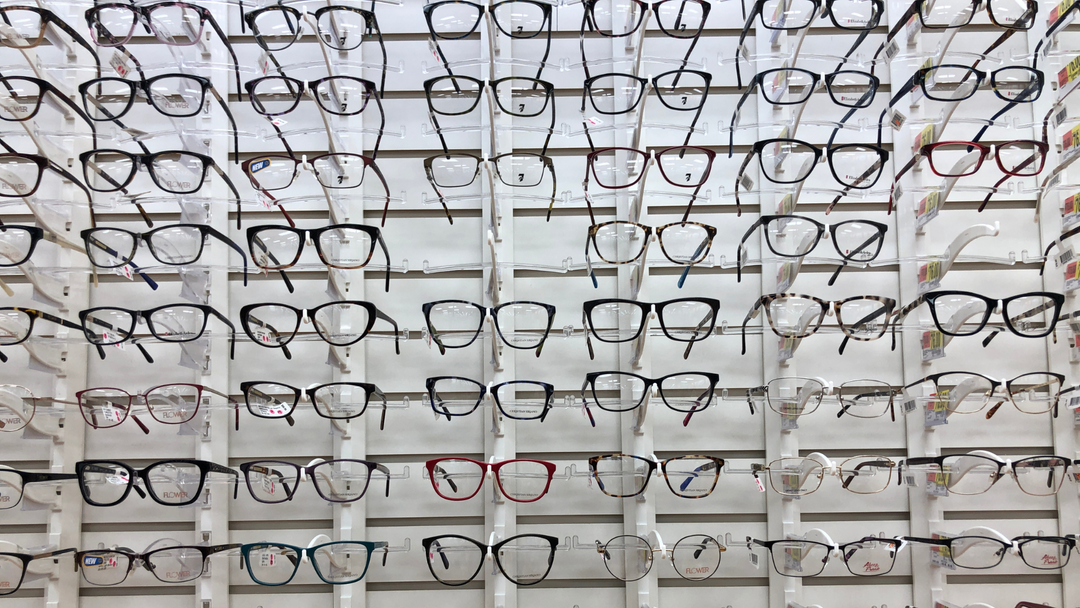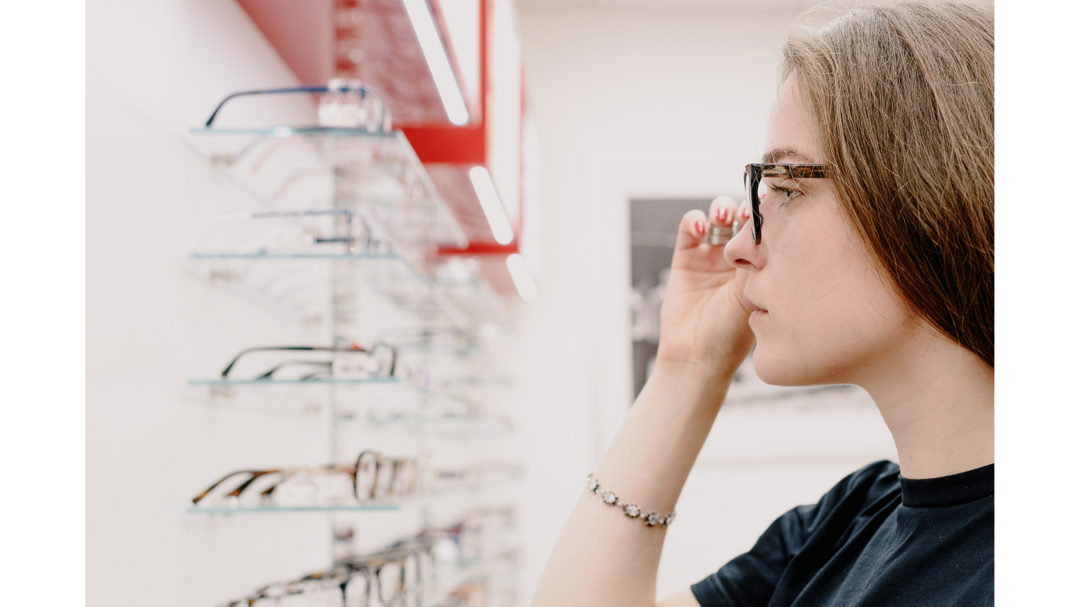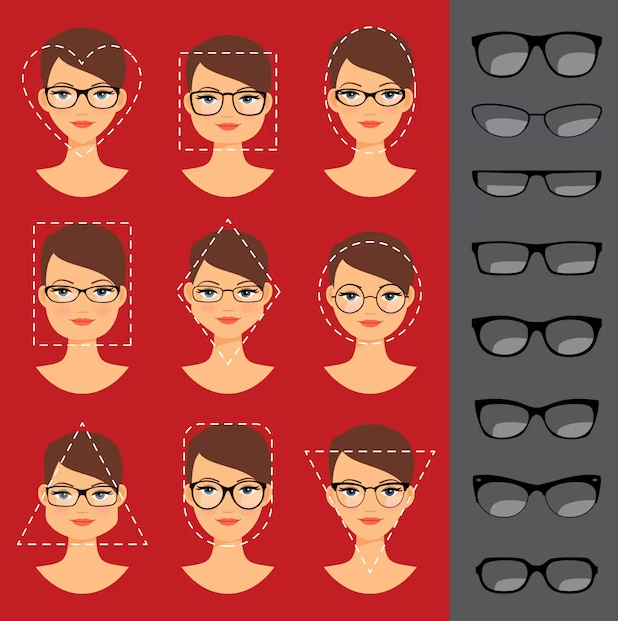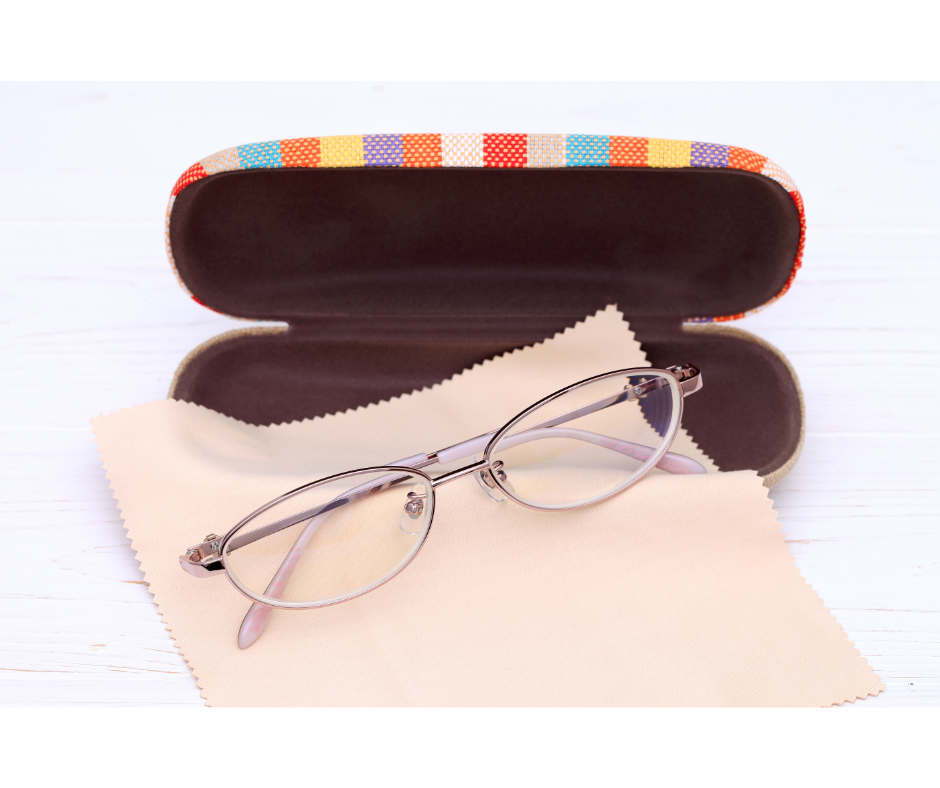The Evolution of Eyeglasses: A Continuing Thread of Vision Enhancement
Welcome back to our ongoing exploration of the captivating history of eyeglasses. In our previous blog post, we learned about the first known pair of eyeglasses, which emerged during the late 13th century in Italy. In this installment, we continue our journey through time, tracing the fascinating evolution of eyeglasses and the advancements that have shaped them into the vision-enhancing tools we know today.

The Renaissance Era: A Flourishing of Art and Innovation
- As the Renaissance era unfolded, so did the development of eyeglasses. The demand for clearer vision grew, leading to refinements in lens manufacturing and frame designs. Eyeglasses became not only functional but also fashionable accessories, with frames crafted from precious metals and adorned with intricate engravings. The association between eyeglasses and intellectualism further solidified, as scholars, artists, and thinkers embraced these visual aids to enhance their work.
Bifocal Lenses: A Revolutionary Leap Forward
- Fast-forward to the 18th century, when Benjamin Franklin, a prominent American polymath, introduced a groundbreaking innovation: bifocal lenses. Franklin, who required both near and distance vision correction, fused two lenses of different optical powers into a single lens. This remarkable advancement allowed wearers to seamlessly transition between near and far distances without the need to switch between multiple pairs of glasses—a convenience that revolutionized the eyeglass industry.
Industrial Revolution: Mass Production and Accessibility
- The advent of the Industrial Revolution in the 19th century brought significant advancements in eyeglass manufacturing. Technological breakthroughs allowed for mass production, making eyeglasses more affordable and accessible to a wider population. The introduction of metal frames, such as steel and later lightweight alloys, provided durability and versatility. Eyeglasses began to transcend social boundaries, becoming an essential tool for people from various walks of life.
Modern Innovations: From Plastic Frames to High-Tech Lenses
- The 20th century witnessed a myriad of innovations in eyeglasses. The introduction of plastic frames, notably cellulose acetate and later lightweight and hypoallergenic materials like TR-90, revolutionized frame design, offering endless style possibilities. Additionally, lens technology experienced significant advancements. Anti-reflective coatings reduced glare, photochromic lenses adapted to changing light conditions, and high-index lenses allowed for thinner and lighter designs. Furthermore, the introduction of progressive lenses provided a seamless transition from near to distance vision, eliminating the need for bifocals or separate reading glasses.
As we conclude this chapter in the history of eyeglasses, we marvel at the remarkable journey that spans centuries of innovation and improvement. From the humble origins of the first pair of eyeglasses to the modern advancements we enjoy today, these visual aids have continually evolved to meet the ever-changing needs and desires of individuals seeking clearer vision. As we look ahead, we anticipate further breakthroughs in eyeglass technology, as science and creativity continue to enhance the way we perceive the world.
Sources:
- "Eyeglasses: A Journey Through Time" by John Smith (Book)
- "The Evolution of Vision Enhancement" by Anna Johnson (Journal Article)
- "Eyeglasses: From Past to Present" by Robert Anderson (Website Article)




Leave a comment